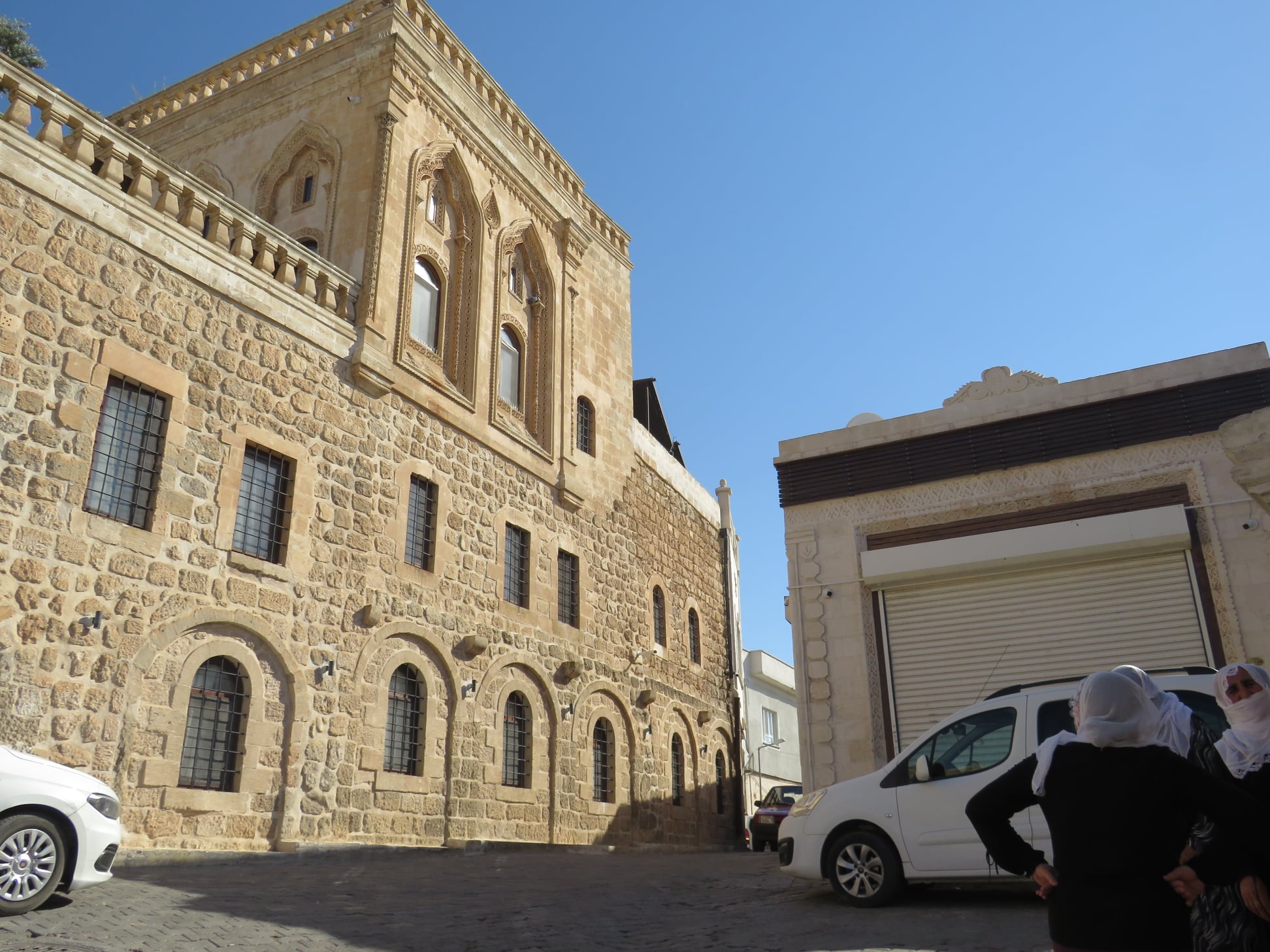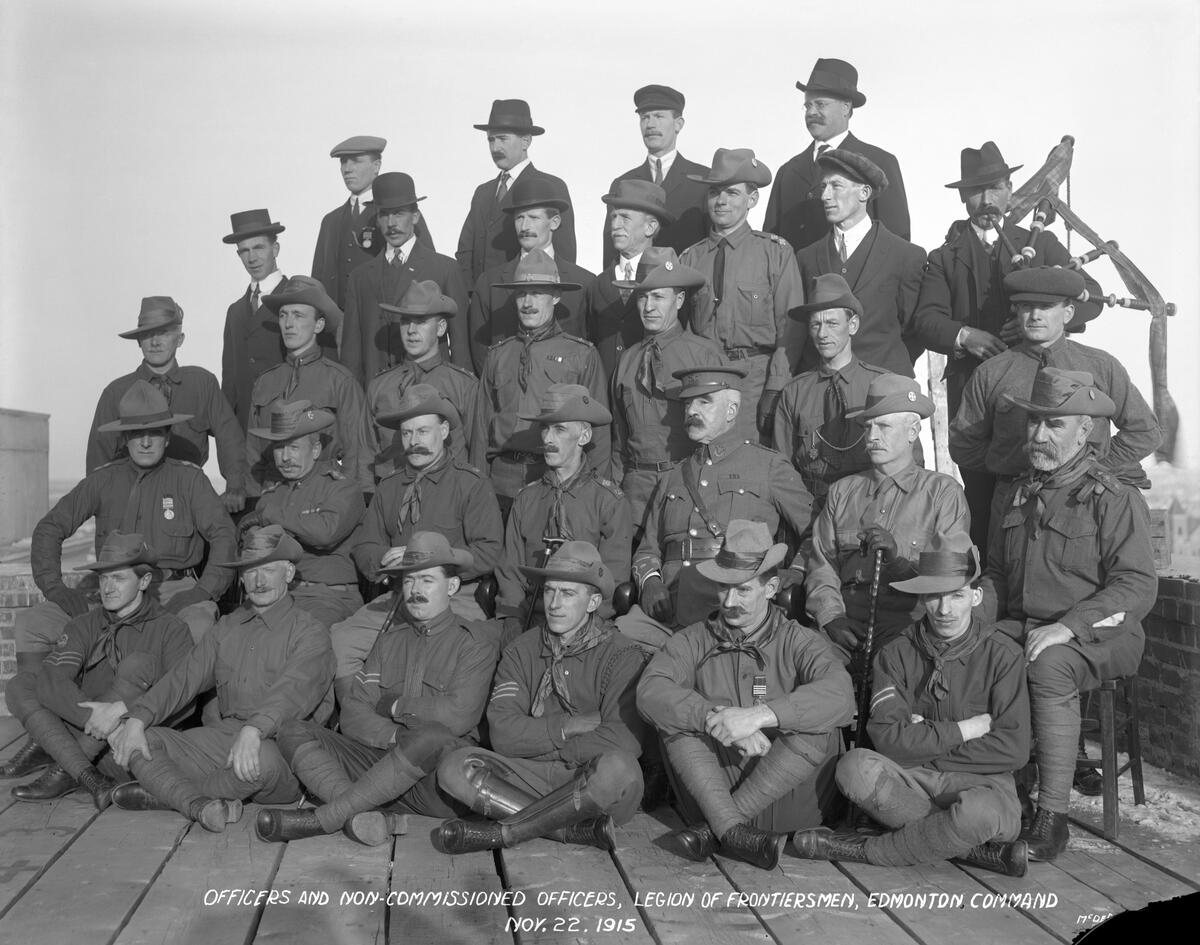|
أ‡ayؤ±rlؤ±, Midyat
أ‡ayؤ±rlؤ± ( ku, Kefnas) is a neighbourhood located in the municipality and district of Midyat, Mardin Province in Turkey. The village is populated by Kurds of the Botikan tribe and had a population of 254 as of 2021. The village is Yazidi. The settlement of Derebaإںؤ± () is a hamlet of أ‡ayؤ±rlؤ± and is also populated by Kurds of the Botikan tribe who adhere to Yazidism. History In March 1879, British officer Trotter visited the village and described the village as "a large village abandoned and in ruins, evidently quite recently deserted". The village was seemingly plundered and burned by the Ottomans and the villagers had fled to the mountains with their chief while others settled in Meziza. In 2014, a Bundestag report stated that refugees from the village had difficulties returning to the village by paramilitary A paramilitary is an organization whose structure, tactics, training, subculture, and (often) function are similar to those of a professional militar ... [...More Info...] [...Related Items...] OR: [Wikipedia] [Google] [Baidu] |
Midyat
Midyat ( ku, Midyad, Syriac: ـ،ـ•ــ• ''Mأ«ل¸ڈyaل¸ڈ'', Turoyo: ''Miل¸ڈyoyo'', ar, ظ…ط¯ظٹط§طھ) is a town in the Mardin Province of Turkey. The ancient city is the center of a centuries-old Hurrian town in Upper Mesopotamia. In its long history, the city of Midyat has been ruled by various different leaders and nations. According to the 1960 population census Midyat was home to 570 Christian households and only 30 Muslim households. Before World War I, Midyat was the only town in the Ottoman Empire with an Assyrian/Syriac majority. The city is populated by Syriac people, Kurds and Mhallami people. Estel neighborhood is about 80 to 85% Kurdish-populated. History The history of Midyat can be traced back to the Hurrians during the 3rd millennium. Ninth century BC Assyrian tablets refer to Midyat as Matiate, or city of caves due to the caves at eleth 3 km away from the city where the earliest inhabitants lived. Many different empires had ruled over Midyat including the Mitannians, ... [...More Info...] [...Related Items...] OR: [Wikipedia] [Google] [Baidu] |
Bundestag
The Bundestag (, "Federal Diet") is the German federal parliament. It is the only federal representative body that is directly elected by the German people. It is comparable to the United States House of Representatives or the House of Commons of the United Kingdom. The Bundestag was established by Title III of the Basic Law for the Federal Republic of Germany (, ) in 1949 as one of the legislative bodies of Germany and thus it is the historical successor to the earlier Reichstag. The members of the Bundestag are representatives of the German people as a whole, are not bound by any orders or instructions and are only accountable to their electorate. The minimum legal number of members of the Bundestag (german: link=no, Mitglieder des Bundestages) is 598; however, due to the system of overhang and leveling seats the current 20th Bundestag has a total of 736 members, making it the largest Bundestag to date and the largest freely elected national parliamentary chamber in the wo ... [...More Info...] [...Related Items...] OR: [Wikipedia] [Google] [Baidu] |
Tur Abdin
Tur Abdin ( syr, ـ›ـ½ـکـھ ـ¥ـ°ـ’ف‚ـ•ـ؛ــ¢ or ـ›ـکـ¼ـھ ـ¥ـ²ـ’ف‚ـ•ــ¼ـ¢, ل¹¬إ«r ت؟Aل¸‡dؤ«n) is a hilly region situated in southeast Turkey, including the eastern half of the Mardin Province, and إؤ±rnak Province west of the Tigris, on the border with Syria and famed since Late Antiquity for its Christian monasteries on the border of the Roman Empire and the Sasanian Empire. The area is a low plateau in the Anti-Taurus Mountains stretching from Mardin in the west to the Tigris in the east and delimited by the Mesopotamian plains to the south. The Tur Abdin is populated by more than 80 villages and nearly 70 monastery buildings and was mostly Syriac Orthodox until the early 20th century. The earliest surviving Christian buildings date from the 6th century. In Late Antiquity, the area was part of the Roman Empire's province of Mesopotamia and an important centre of Roman Christianity, called in or . The Tur Abdin was fortified by the emperor Constantius II (), who constructed ... [...More Info...] [...Related Items...] OR: [Wikipedia] [Google] [Baidu] |
Neighbourhoods In Midyat District
A neighbourhood (British English, Irish English, Australian English and Canadian English) or neighborhood (American English; American and British English spelling differences, see spelling differences) is a geographically localised community within a larger city, town, suburb or rural area, sometimes consisting of a single street and the buildings lining it. Neighbourhoods are often social communities with considerable face-to-face interaction among members. Researchers have not agreed on an exact definition, but the following may serve as a starting point: "Neighbourhood is generally defined spatially as a specific geographic area and functionally as a set of social networks. Neighbourhoods, then, are the Neighbourhood unit, spatial units in which face-to-face social interactions occur—the personal settings and situations where residents seek to realise common values, socialise youth, and maintain effective social control." Preindustrial cities In the words of the urban sch ... [...More Info...] [...Related Items...] OR: [Wikipedia] [Google] [Baidu] |
Istanbul
Istanbul ( , ; tr, ؤ°stanbul ), formerly known as Constantinople ( grc-gre, خڑد‰خ½دƒد„خ±خ½د„خ¹خ½خ؟دچد€خ؟خ»خ¹د‚; la, Constantinopolis), is the List of largest cities and towns in Turkey, largest city in Turkey, serving as the country's economic, cultural and historic hub. The city straddles the Bosporus strait, lying in both Europe and Asia, and has a population of over 15 million residents, comprising 19% of the population of Turkey. Istanbul is the list of European cities by population within city limits, most populous European city, and the world's List of largest cities, 15th-largest city. The city was founded as Byzantium ( grc-gre, خ’د…خ¶خ¬خ½د„خ¹خ؟خ½, ) in the 7th century BCE by Ancient Greece, Greek settlers from Megara. In 330 CE, the Roman emperor Constantine the Great made it his imperial capital, renaming it first as New Rome ( grc-gre, خخخ± ل؟¬دژخ¼خ·, ; la, Nova Roma) and then as Constantinople () after himself. The city grew in size and influence, eventually becom ... [...More Info...] [...Related Items...] OR: [Wikipedia] [Google] [Baidu] |
Denwan
Midyat ( ku, Midyad, Syriac: ـ،ـ•ــ• ''Mأ«ل¸ڈyaل¸ڈ'', Turoyo: ''Miل¸ڈyoyo'', ar, ظ…ط¯ظٹط§طھ) is a town in the Mardin Province of Turkey. The ancient city is the center of a centuries-old Hurrian town in Upper Mesopotamia. In its long history, the city of Midyat has been ruled by various different leaders and nations. According to the 1960 population census Midyat was home to 570 Christian households and only 30 Muslim households. Before World War I, Midyat was the only town in the Ottoman Empire with an Assyrian/Syriac majority. The city is populated by Syriac people, Kurds and Mhallami people. Estel neighborhood is about 80 to 85% Kurdish-populated. History The history of Midyat can be traced back to the Hurrians during the 3rd millennium. Ninth century BC Assyrian tablets refer to Midyat as Matiate, or city of caves due to the caves at eleth 3 km away from the city where the earliest inhabitants lived. Many different empires had ruled over Midyat including the Mita ... [...More Info...] [...Related Items...] OR: [Wikipedia] [Google] [Baidu] |
Islamic Fundamentalism
Islamic fundamentalism has been defined as a puritanical, revivalist, and reform movement of Muslims who aim to return to the founding scriptures of Islam. Islamic fundamentalists are of the view that Muslim-majority countries should return to the fundamentals of an Islamic state that truly shows the essence of the system of Islam, in terms of its socio-politico-economic system. Islamic fundamentalists favor a literal and originalist interpretation of the primary sources of Islam (the Quran, Hadith, and Sunnah), seek to eliminate corrupting non-Islamic influences from every part of their lives, Roy, ''Failure of Political Islam'', 1994: p. 215 and see "Islamic fundamentalism" as a pejorative term used by outsiders for Islamic revivalism and Islamic activism. Definitions and descriptions Definitions vary as to what Islamic fundamentalism exactly is and how, if at all, it differs from Islamism (or political Islam) or Islamic revivalism. The term fundamentalism has been deemed ... [...More Info...] [...Related Items...] OR: [Wikipedia] [Google] [Baidu] |
Paramilitary
A paramilitary is an organization whose structure, tactics, training, subculture, and (often) function are similar to those of a professional military, but is not part of a country's official or legitimate armed forces. Paramilitary units carry out duties that a country's military or police forces are unable or unwilling to handle. Other organizations may be considered paramilitaries by structure alone, despite being unarmed or lacking a combat role. Overview Though a paramilitary is, by definition, not a military, it is usually equivalent to a light infantry force in terms of strength, firepower, and organizational structure. Paramilitaries use "military" equipment (such as long guns and armored personnel carriers; usually military surplus resources), skills (such as battlefield medicine and bomb disposal), and tactics (such as urban warfare and close-quarters combat) that are compatible with their purpose, often combining them with skills from other relevant fields such a ... [...More Info...] [...Related Items...] OR: [Wikipedia] [Google] [Baidu] |
Harvard College Library
Harvard Library is the umbrella organization for Harvard University's libraries and services. It is the oldest library system in the United States and both the largest academic library and largest private library in the world. Its collection hold over 20 million volumes, 400 million manuscripts, 10 million photographs, and one million maps. Harvard Library holds the third largest collection of all libraries in the nation after the Library of Congress and Boston Public Library. Based on the number of items held, it is the fifth largest library in the United States. Harvard Library is a member of the Research Collections and Preservation Consortium (ReCAP); other members include Columbia University Libraries, Princeton University Library, New York Public Library, and Ivy Plus Libraries Confederation, making over 90 million books available to the library's users.آ آ The library is open to current Harvard affiliates, and some events and spaces are open to the public. The larges ... [...More Info...] [...Related Items...] OR: [Wikipedia] [Google] [Baidu] |
Mardin Province
Mardin Province ( tr, Mardin ili; ku, Parأھzgeha Mأھrdأ®nأھ; ar, ظ…طط§ظپط¸ط© ظ…ط§ط±ط¯ظٹظ†) is a province of Turkey with a population of 809,719 in 2017, slightly down from the population of 835,173 in 2000. Kurds form the majority of the population, followed closely by Arabs who represent 40% of the province's population.Ayse Guc Isik, 201The Intercultural Engagement in Mardin Australian Catholic University. pp. 46–48. Demographics Mardin Province is considered part of Turkish Kurdistan and is populated by Kurds and Arabs who adhere to Shafi'i Islam. There is also a small Assyrian Christian population left. A recent study from 2013 has shown that 40% of Mardin Province's population identify as Arabs, and this proportion increases to 49% in the cities of Mardin and Midyat, where Arabs form the plurality. A 1996 study estimated that the population of Mardin Province as a whole was about 75% Kurdish in 1990. Social relations Social relations between Arabs and Kurds have hi ... [...More Info...] [...Related Items...] OR: [Wikipedia] [Google] [Baidu] |
Doؤںanأ§ay, Midyat
Doؤںanأ§ay ( syr, ـ،ـ™ــ™ـڑ, translit=Mzizah, Mizizah; ku, Mizأ®zex) is a village or rural neighbourhood in Mardin Province in southeastern Turkey. It is part of the municipality Midyat. It is located in the Midyat District and the historical region of Tur Abdin. It is populated by Assyrians and by Kurds of the Zaxuran tribe. The village had a population of 159 in 2021. History The Church of Mor Yuhannon in Mzizah was constructed in the 6th century and the village is first mentioned in 1296. In the early 18th century AD, Assyrians from the village of Ain Wardo settled in Mzizah. Later, Assyrians from the villages of Zaz ZAZ or Zaporizhzhia Automobile Building Plant ( uk, ذ—ذگذ—, ذ—ذ°ذ؟ذ¾ر€ر–ذ·رŒذ؛ذ¸ذ¹ ذ°ذ²ر‚ذ¾ذ¼ذ¾ذ±ر–ذ»ذµذ±رƒذ´ر–ذ²ذ½ذ¸ذ¹ ذ·ذ°ذ²ذ¾ذ´, ''Zaporiz'kyi avtomobilebudivnyi zavod'' or ''Zaporiz'kyi avtozavod'') is the main automobile manufacturer of Ukr ..., Kfarbe, Bashoq, Urnus, Rowen, and Merin also settled in Mzizah.Geschichte von Mzizah.' The village also ... [...More Info...] [...Related Items...] OR: [Wikipedia] [Google] [Baidu] |



